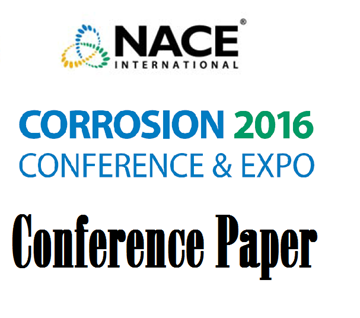Search
Products tagged with 'optimization'
View as
Sort by
Display
per page
51316-7303- Optimization cathodic protection design for offshore platform: Solution for the contradiction of big initial and small mean current density by wing section sacrificial anode
Product Number:
51316-7303-SG
ISBN:
7303 2016 CP
Publication Date:
2016
$20.00
Assessing Coating Breakdown Factors of Silicone Rubber Thermal Insulation for Enhanced Cathodic Protection in Subsea Equipment Operations
Product Number:
51324-20350-SG
Publication Date:
2024
$40.00
Chelating Agents for Iron Sulfide Scale Removal at 300°F (149°C)
Product Number:
51320-14859-SG
Publication Date:
2020
$20.00
Corrosion Inhibitor Surfactant Optimization: Part 1 - Inhibitor Efficiency Approach
Product Number:
51322-18043-SG
Publication Date:
2022
$20.00
Corrosion Inhibitor Surfactant Optimization: Part 2 – Adsorption Kinetics Approach
Product Number:
51322-18045-SG
Publication Date:
2022
$20.00
Corrosion Inhibitors Use: Case Study For Guinea Gulf Assets Application
Product Number:
51322-17663-SG
Publication Date:
2022
$20.00
Future of Digital Corrosion Management (Case Study)
Product Number:
MECC23-20307-SG
Publication Date:
2023
$20.00
Improved Unit Economics, Crude Blending and Throughput Management Using a Novel High Temperature Corrosion Prediction Framework
Product Number:
MECC23-20054-SG
Publication Date:
2023
$20.00
Practical Application Of AI To Transform Pipeline Integrity Management
Product Number:
51323-19039-SG
Publication Date:
2023
$20.00








